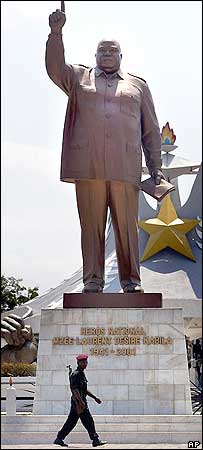Chapter 11 of North Korea in the World Economy
Bertrand Renauld
(NKeconWatch: the whole paper is worth reading in full. Below is the introduction. Here is a link to the chapter in Google Books.
Introduction:
This chapter explores the urban dimension of the North Korean economy. Few areas of economic management of centrally planned economies have met with such widespread dissatisfaction and broad popular support for reforms as housing and urban development. This dissatisfaction arises from the peculiar systemic features of the “socialist city.” Since the early 1990s we have been able to study the economics of this type of city based on data from cities of the former Soviet Union, Central Europe, and also China and Vietnam. Of course, no such access to information exists today in North Korea.
As a starting point, I ask only one question: based on the body of knowledge that we have gained from other centrally planned economies (CPE), what are the systemic features of the North Korean urban economy that we expect to find? By so doing, the chapter applies to North Korean cities the method of “rigorous speculation” used earlier by Noland et al. (2000a) on North Korean macroeconomic and trade performance. According to Noland and his colleagues, “rigorous speculation” is the incorporation of fragmentary information into a consistent analytical framework that can clarify alternative scenarios regarding current economic conditions in North Korea. The results can then suggest suitable reforms to stimulate the economy.
Using a medical analogy, the focus is how the “personal history and diagnosis” of the North Korean urban system should be conducted some day. The analysis should not be misconstrued or misused: it is not offered as an actual diagnosis of the North Korean urban system. Rather, using our body of knowledge of the anatomy and physiology of the “socialist city,” it speculates about what we should expect to find in the Democratic People’s Republic of Korea (DPRK) urban system. This “pre-diagnosis” relies on the limited yet often revealing information available on the North Korean urban system and its patterns of investment. We also can narrow the range of uncertainty about the structure of the North Korean urban system by means of international comparisons. For instance, should we expect the North Korea system of cities to have more in common with the Soviet cities of Russia than with Chinese or Vietnamese cities, both in terms of time paths of development and of institutional arrangements?
The paper contains many interesting facts and data that help us understand just how different centrally planned/socialist cities are when compared with market-based cities. The paper also spells out some interesting implications for North Korea’s urban residents (the majority of the country’s population) once the transition from a socialist to a market-based infrastructure begins.

